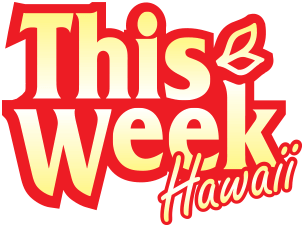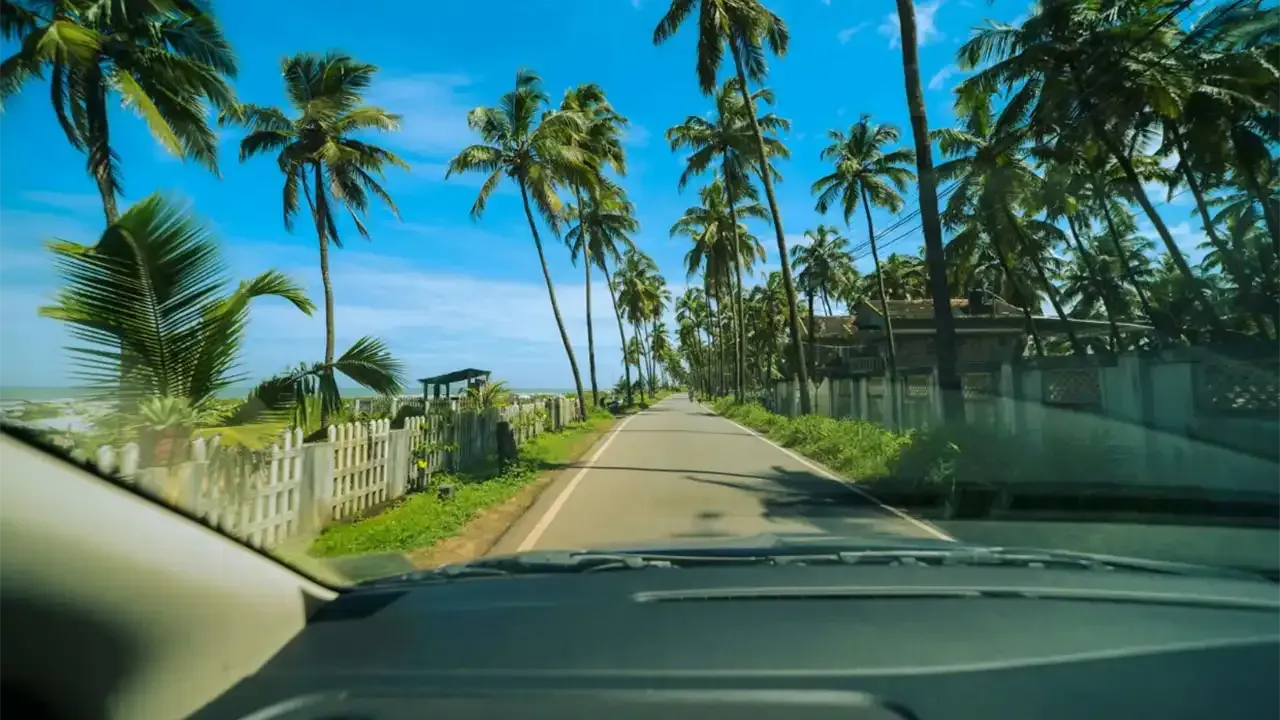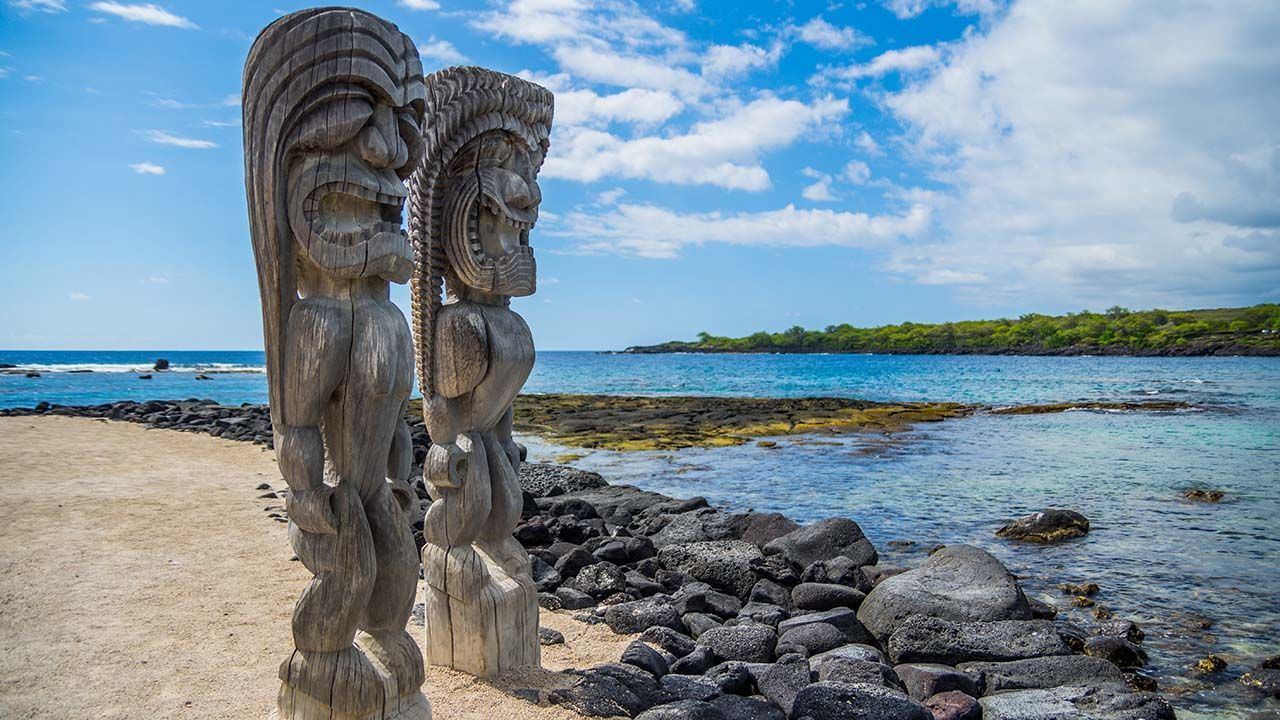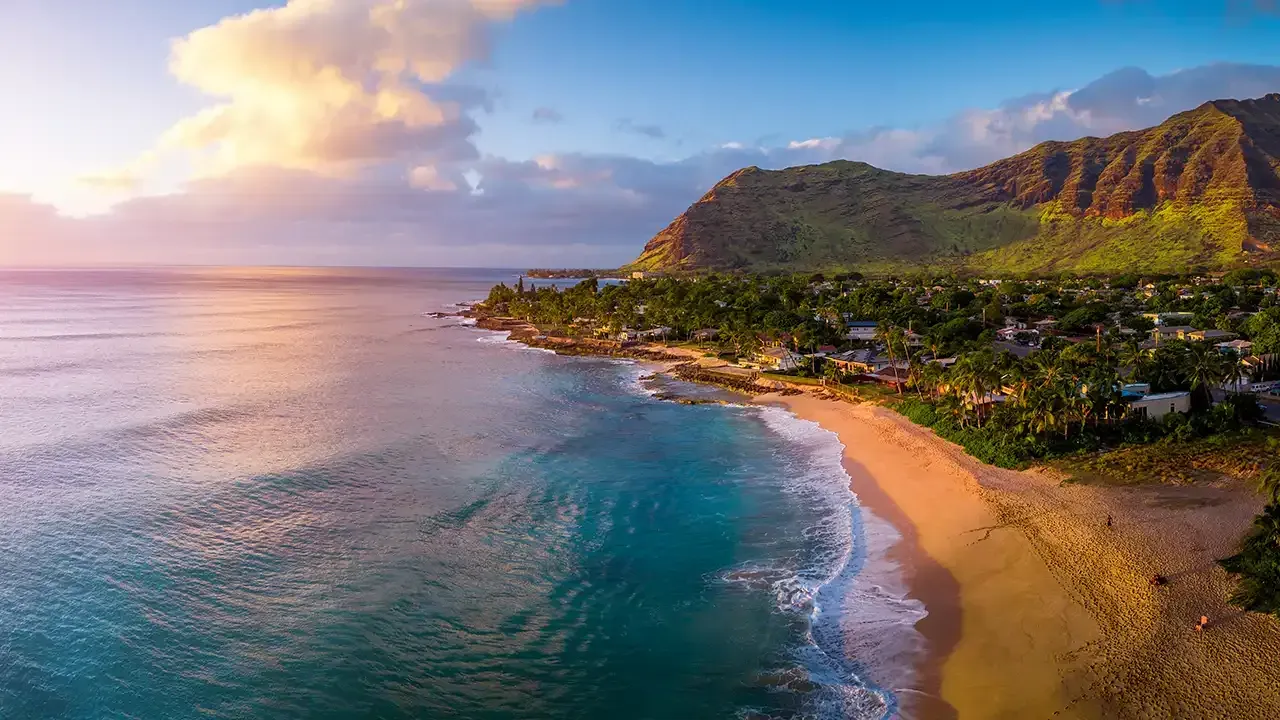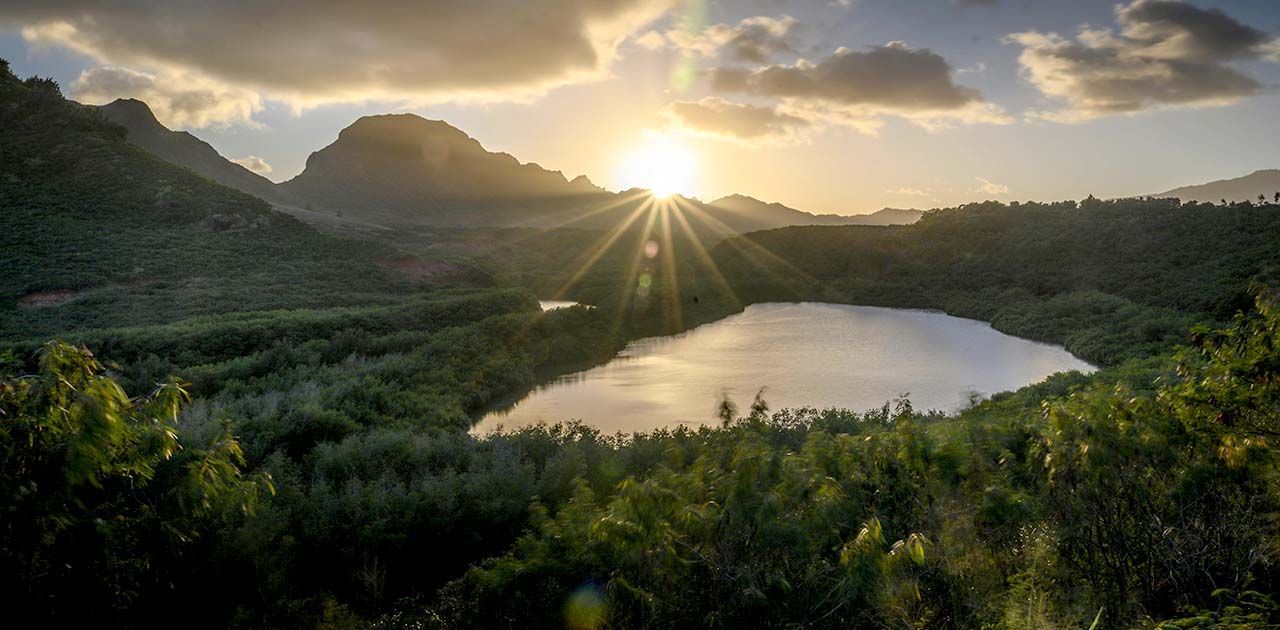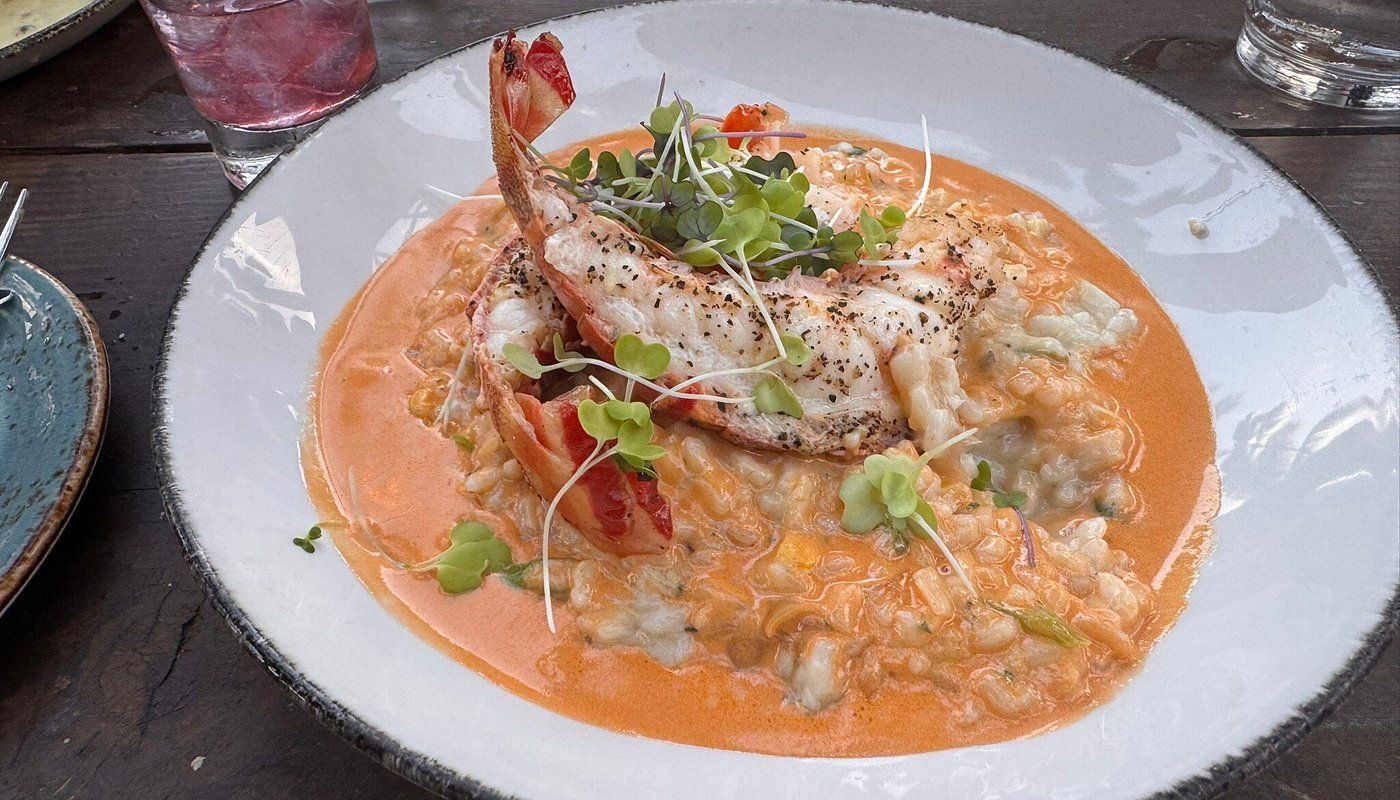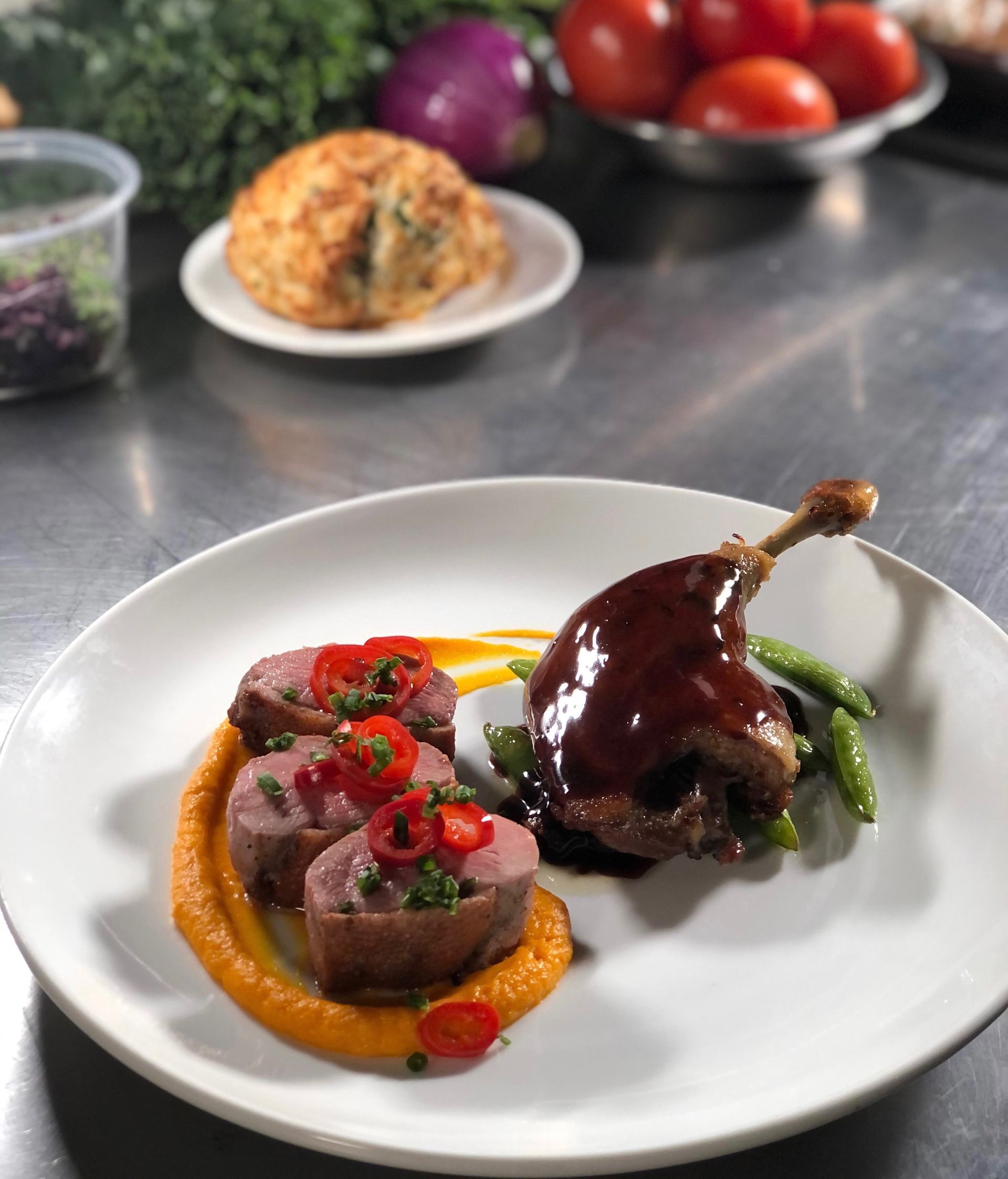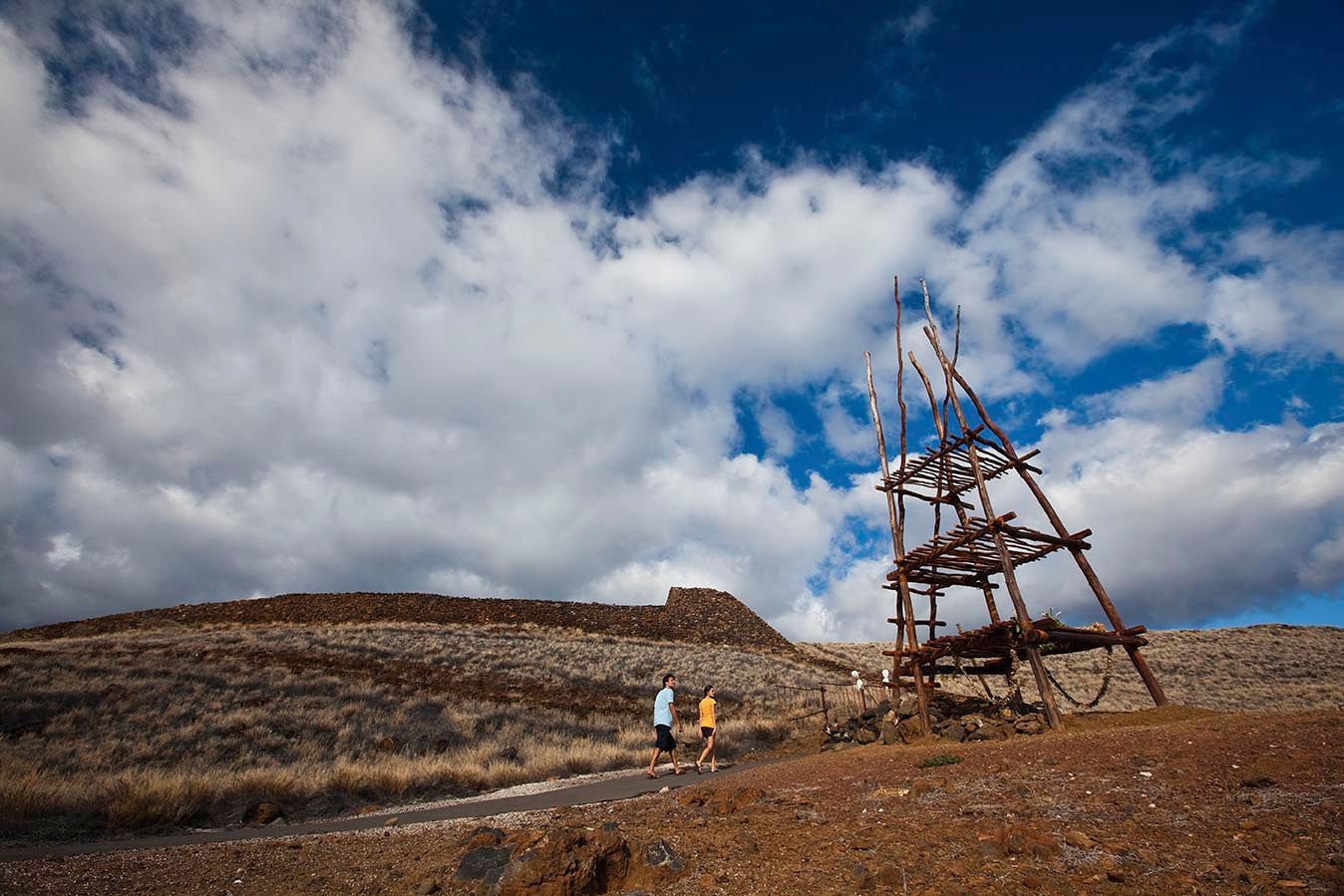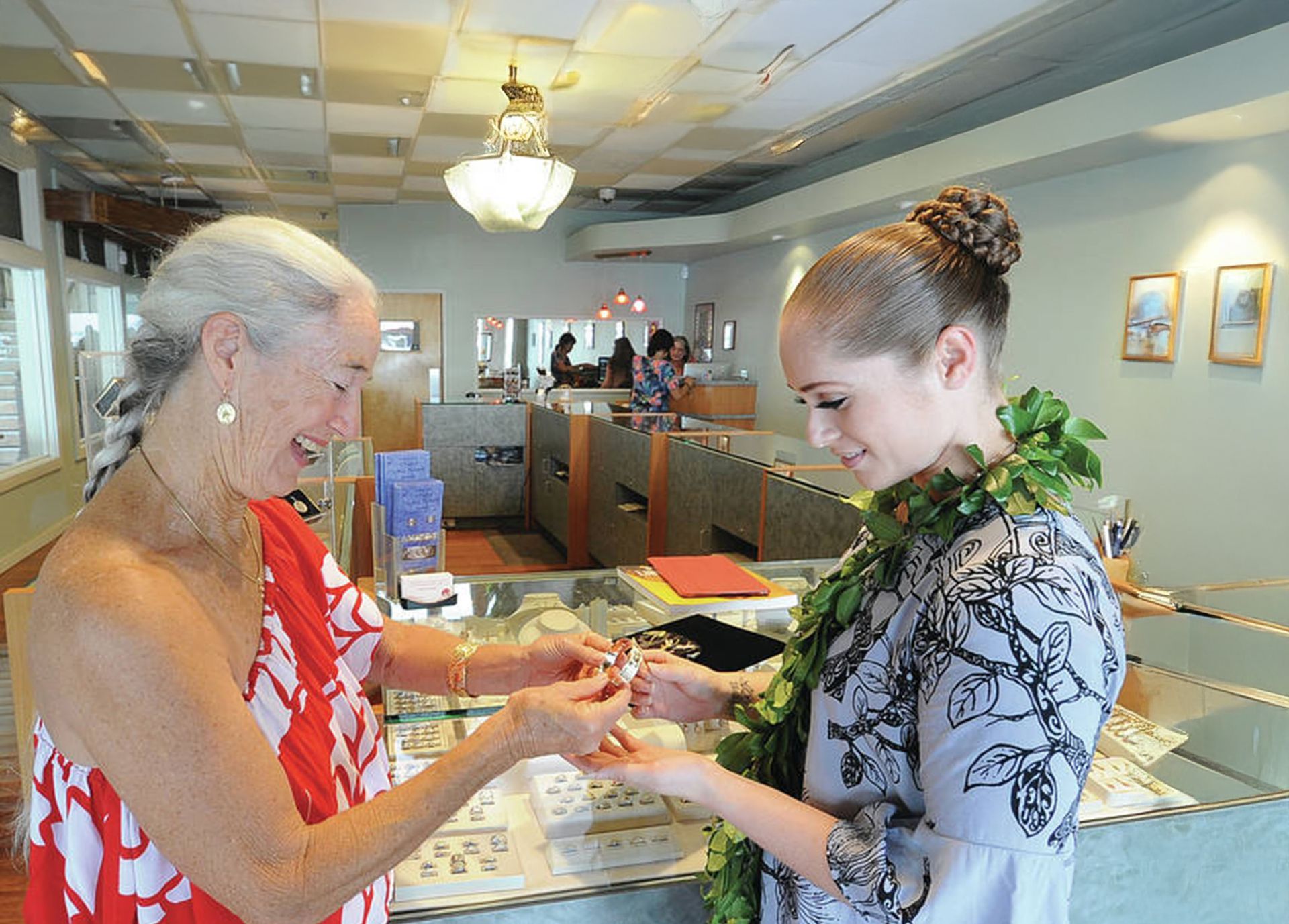U.S. Army Museum of Hawai’i: Five “Dis-Arming” Facts about the U.S. Army Museum of Hawai’i
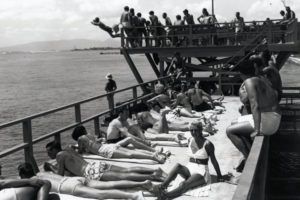
Most first time visitors to Waikiki know these two things:
- that Waikiki is expensive, and
- they plan to visit Pearl Harbor and learn about WWII history.
What most do not know is that right in their midst is the U.S. Army Museum of Hawai’i located in Fort DeRussy Park, between Hilton Hawaiian Village and the Halekulani, right on the beach. And that it is free admission.
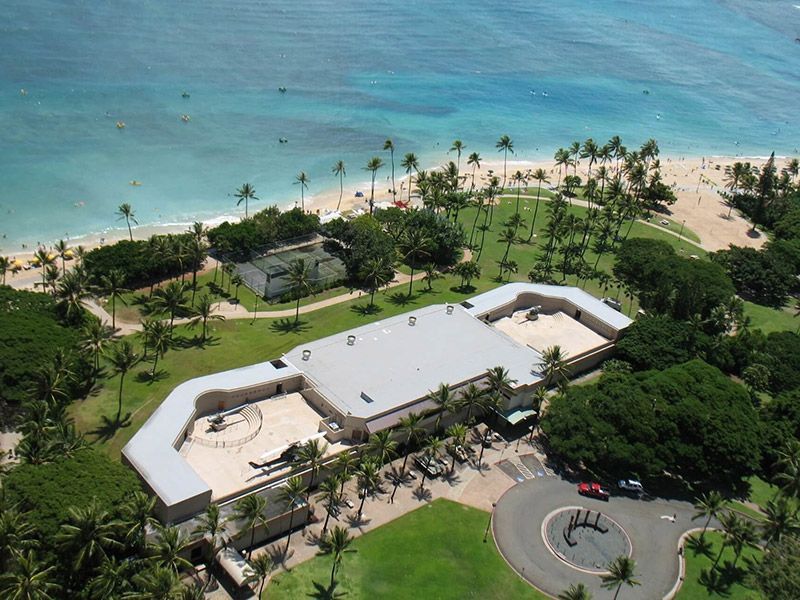
“We support ourselves through donations and gift shop purchases,” says Cynthia Duncan, Executive Director of the museum’s dedicated non-profit organization, the Hawai’i Army Museum Society. “Most people who tour the museum comment that the experience definitely justifies an admission price. Sometimes I think the museum being free works against us, because people assume the experience and education is not as great as it is.”
Let’s “shoot off” five fascinating facts about the U.S. Army Museum of Hawai’i to prove Duncan’s point.
1. The U.S. Army Museum of Hawaii was an actual Coastal Artillery Battery.
The U.S. Army Museum of Hawai’i is housed in the former Battery Randolph, which was once used to protect Hawai’i from invading forces. Battery Randolph was built in 1911 as a key part of the “Ring of Steel” which encircled the island of O’ahu to defend against attack by sea. Its solid concrete walls could withstand a direct hit from a 2000-pound artillery shell. Its primary mission was the defense of Pearl Harbor and Honolulu from attacking battleships. The U.S. Army Museum of Hawai’i features impressive exhibits, collections and displays to showcase the rich history of the U.S. Army’s presence in Hawai’i.
2. The U.S. Army Museum of Hawaii is still here because it wrecked a wrecking ball.
Apparently a 2,000-pound artillery shell wasn’t the only thing that could not bring down the structure.
After WWII, the giant 14’ disappearing guns mounted on the roof of Battery Randolph were cut up and sold for scrap. The battery was then used as a warehouse, and eventually abandoned. At one point the building was slated for demolition, but the concrete walls repeatedly resisted damage, destroying a wrecking ball in the process.
Finally it was designated as the home of the U.S. Army Museum of Hawai’i in 1976.
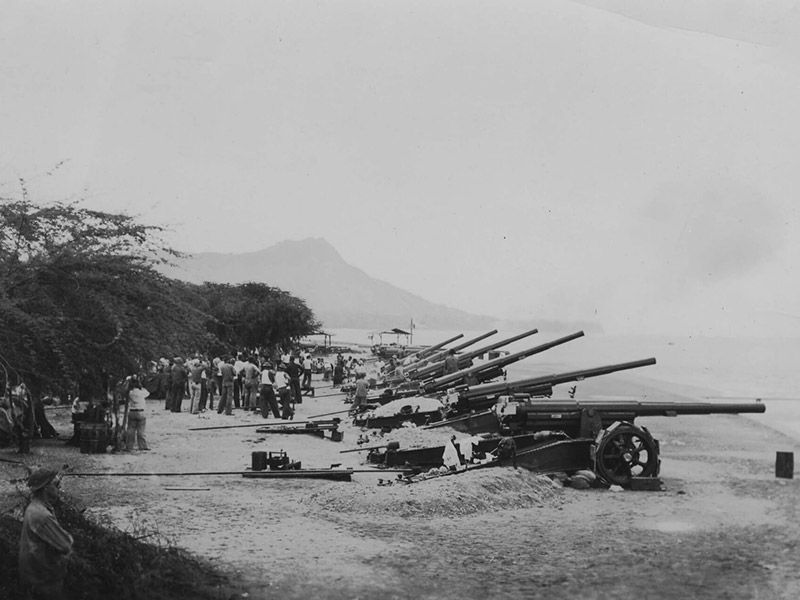
3. Never was a shot fired in anger or defense.
The two large guns mounted on the roof could fire 1600 pound shells up to a range of 14 miles and each gun emplacement took a detachment of 29 enlisted men to operate. Shells and gun powder bags were stored in “shell rooms” on the first floor of the battery. From there, they were hoisted to the gun deck for loading and firing
The first test firing of Battery Randolph’s gun took place on November 1914. The Army took pains to warn Waikiki residents, but no one was fully prepared for the effects of the shock wave that rocked the neighborhood. Little actual damage was done, though dishes rattled and some windows cracked blocks away. To avoid damage in later years, as Waikiki continued to grow, the guns were seldom fired. The guns were never fired in combat.
4. Hawaii’s Japanese-American soldiers were among the most decorated of WWII.
The museum’s WWII Gallery also features the famed 442nd Regimental Combat Team and 100 th Infantry Battalion (Separate) which fought in five major campaigns across the European Theatre under the rallying slogan of “Go for Broke.” The “Go for Broke” soldiers were primarily first generation (Nisei) Japanese-Americans who served valiantly and courageously and in doing so, established one of the greatest records of heroism in American military history.
More than 18,000 individual decorations would eventually be awarded to “Go for Broke” soldiers to include 21 Congressional Medals of Honor, 29 Distinguished Service Crosses, 588 Silver Stars, and 5200 Bronze Stars. This record of heroism also came with great sacrifice with the units suffering extremely high casualties throughout the war. So much so, that they earned the nickname the “Purple Heart” outfit, receiving 9,486 of these awards, with the units having to be reinforced 11 times during the war for a total of 33,000 men.
5. It’s one of the only worthwhile free activities in Waikiki.
Now that you’ve learned some of what the U.S. Army Museum of Hawai’i has to offer, how could you leave it off your list of “must sees”? It’s free, it’s walking distance for most people staying in Waikiki, and you can tour the entire museum in a couple of hours.
So come visit the best kept secret in Waikiki and maybe on the whole island.
The U.S. Army Museum of Hawai’i and the Museum Store is open Tues. – Sat., 10 a.m. – 5 p.m. (closed Sun. and Mon.). Admission is free, though donations are always welcome. You can also enjoy an audio tour for $5. And take the time to tour the gift shop. You might find the perfect souvenir for you or someone with an interest in Hawaii’s military history.
For more information, go to www.hiarmymuseumsoc.org
